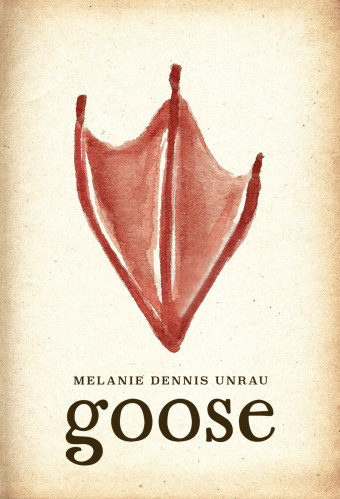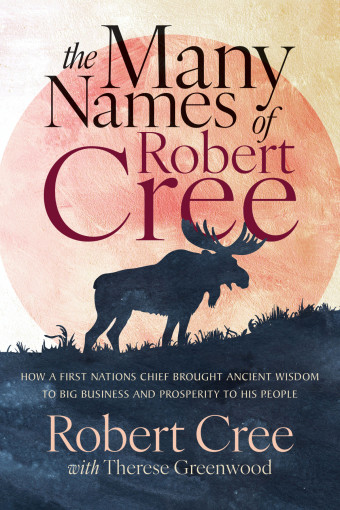“Métis history, culture, and perspectives are largely overlooked in schools, focusing on the Resistances and Métis people as rebels,” says Cort Dogniez, author of Road to La Prairie Ronde.
“I wanted students to see Métis people in a realistic manner, and celebrate their culture, ways of life, and how they shaped Saskatchewan.”

- Road to La Prairie Ronde
- Cort Dogniez, Jade McDougall (Illustrator)
- Gabriel Dumont Institute Press
- $15.00 paperback, 44 pages
- ISBN: 978-1-926795-97-3
Dogniez’s chapter book for early readers is set in the spring of 1883. Young Frederick Dumont joins Métis leader Gabriel Dumont, his wife, Madeleine, and Gabriel’s brother Isidore and his wife, Judith, (Frederick’s grandparents) on an imagined journey by Red River cart and horseback from Batoche to the Métis settlement of La Prairie Ronde to visit family.
Such trips were not uncommon nor were they easy by today’s standards. “On a good day we can travel forty miles, but that will be with good weather and no accidents,” Frederick’s mooshoom, Isidore, tells him.
“All the characters were real people,” says Dogniez. “Frederick Dumont was my great-grandfather, but he was born around 1883, when this story happened. He would have been a baby, but I thought it would be fun to share these events through his eyes as a young boy.”
Other events were also plucked from real life. “Gabriel Dumont really did ride a buffalo in the place that became Saskatoon,” says Dogniez.
“Chief Whitecap (Wapaha Ska) did help John Lake identify the location for the temperance colony that became Saskatoon, which was already being shared with the Métis and First Nations Peoples who considered it home. Whitecap Dakota First Nation, originally Moosewoods, was first surveyed in 1881.”

These events are brought to life by the elegant illustrations of artist Jade McDougall. This is her first time illustrating a book for young readers, but she has created cover designs.
The illustrations were drawn on her laptop, using Photoshop and a digital pen. “I wanted to play around with brush strokes and textures here, and to go for more of a sketchy feel than I normally would with digital pieces,” she says.
“It was challenging to work with a new style and subject matter, not to mention trying to maintain consistency between chapters. But the biggest difficulty was drawing all those Red River carts! Fortunately, I was able to find plenty of reference images to figure out how everything fit together.”
Frederick is also trying to figure things out as he comes of age. Along the trail, he learns valuable life lessons and aspects of Métis culture around hunting, family, community, and the Creator – things as big as taking part in the hunt with the men and as important as knowing when to laugh and when not to laugh.
Road to La Prairie Ronde is the first book in this historical fiction series. The second is already written, and Dogniez is currently at work on the third.
Dogniez says, “My intent with all my stories is to ensure that Métis cultural components are woven throughout the stories to encourage children to learn more about us, but also to think about their own cultural traits and practices.”













